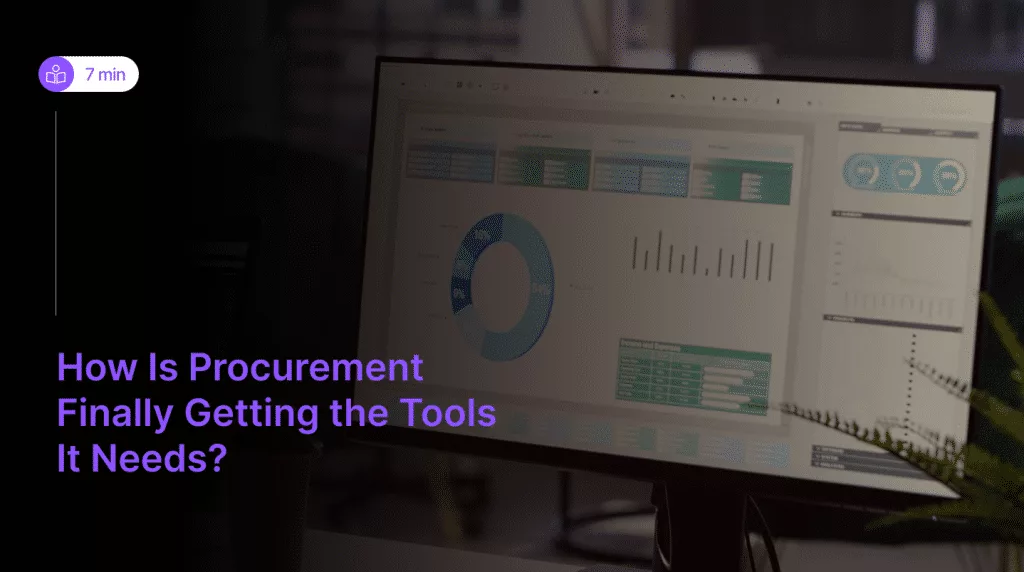 Many IT Ops and software teams adopt DevOps cultures. But some of them faces challenges while adopting it. However, it helps them evolve into more innovative versions faster. Organizations that have not yet adopted DevOps cultures feel pressure to do so due to competition.
Many IT Ops and software teams adopt DevOps cultures. But some of them faces challenges while adopting it. However, it helps them evolve into more innovative versions faster. Organizations that have not yet adopted DevOps cultures feel pressure to do so due to competition.
In this article, we will learn about DevOps cultures and some of the biggest challenges that enterprises face while adopting DevOps and the strategies to overcome these challenges.
What is DevOps Culture?
DevOps culture helps improve Collaboration and responsibility between the development and operations teams for the products they create. This allows organizations to align their processes, people, and tools toward more customer needs.
It involves multidisciplinary teams who are accountable for the product’s lifecycle. DevOps teams embrace workflow, a software engineering culture, and a toolset that elevates operational needs to the same level of importance as design, architecture, and development. With operations teams involved in the development process, they can meet customer needs for a better product and add maintenance requirements.
Why should Enterprises adopt a DevOps Culture?
Here are some reasons why any enterprise should adopt a DevOps culture.
 1. Faster Software Delivery
1. Faster Software Delivery
Adopting a DevOps culture can improve enterprises’ software development and delivery processes in many ways. It helps achieve faster software delivery and improves communication and collaboration.
2. Improved Collaboration and Communication
DevOps helps to improve the culture of Collaboration and communication between the development and operations teams, which can significantly help to improve teamwork and break down silos.
3. Increased Flexibility
DevOps practices like continuous integration and delivery can help enterprises quickly respond to changing market conditions and business needs.
4. Higher Quality Software
By adopting a DevOps culture, enterprises can implement new automated deployment processes, which can help to enhance the quality of the software they produce.
5. Enhancing Efficiency
By automating some of the processes involved in software development and deployment, enterprises can reduce the effort and time needed to deliver new updates and features, significantly improving efficiency.
What are Some Common Challenges in Adopting DevOps Culture and Practices?
DevOps also brings some challenges and issues that teams have to face. Below are some of the challenges the company faces while adopting DevOps.
 1. Resistance to Change
1. Resistance to Change
Employees may refrain from adopting new processes, tools, or working methods. This creates friction within teams, slows down adoption, and hinders progress toward DevOps goals.
2. Siloed Organizational Structures
Traditional organizational structures with separate development, operations, and other teams can create silos and communication barriers. It significantly leads to inefficiencies, delivery delays, and a lack of Collaboration between teams
3. Legacy Systems and Processes
Existing legacy systems and processes may need to align with DevOps principles and may be difficult to modernize. It leads to Hinders agility, limits automation opportunities, and increases technical debt.
4. Tooling Complexity
The abundance of DevOps tools and technologies available can lead to tooling complexity and decision paralysis. It causes delays in tool selection and implementation, increased team learning curves, and challenges with tool integration.
5. Security and Compliance Concerns
Security and compliance requirements may conflict with DevOps principles of speed and agility, causing the risk of security breaches, compliance violations, and regulatory penalties.
These are a few common challenges enterprises may encounter when adopting DevOps culture and practices.
How to Overcome These Challenges?
 1. Educate Your Employees
1. Educate Your Employees
Educate and communicate the benefits of DevOps. Involve employees in the decision-making process. Provide trainings to help employees adapt to change.
2. Promote Collaboration
Foster cross-functional Collaboration through team-building activities. Encourage shared ownership and responsibility for outcomes. Implement agile practices like Scrum or Kanban to promote Collaboration and transparency.
3. Modernize Legacy Systems
Gradually modernize legacy systems through iterative improvements. Implement DevOps practices in greenfield projects to avoid legacy constraints. Invest in tools and technologies that enable integration with legacy systems.
4. Conduct Research and Identify Best Tools
Conduct thorough research and analysis to identify the right tools for specific use cases. Start with a small set of core tools and gradually expand as needed. Provide training and support to help teams learn and effectively use selected tools.
5. Incorporate Security and Compliance Needs
Incorporatesecurity and compliance requirements into the DevOps pipeline from the outset. Implement automated security testing and compliance checks. Establish clear policies and procedures for managing security and compliance in DevOps workflows.
Conclusion
DevOps is the best approach to software development and deployment, and it can help enterprises deliver value to customers reliably and faster. However, implementing DevOps also brings challenges and issues that teams must overcome to succeed.
Challenges such as selecting and integrating the right tools, coordinating across teams, managing security risks, and managing functions can pressure organizations trying to adopt a DevOps culture. But by understanding these challenges and choosing the right solutions, enterprises can overcome these hurdles and build a successful DevOps practice that increases business value.

 1. Faster Software Delivery
1. Faster Software Delivery 1. Resistance to Change
1. Resistance to Change 1. Educate Your Employees
1. Educate Your Employees

